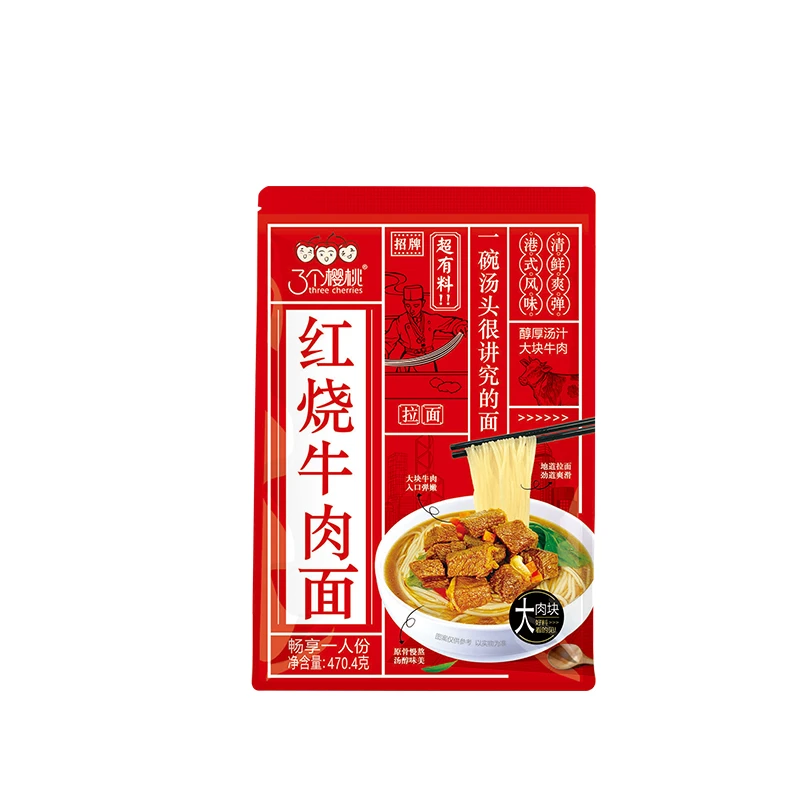japanese udon soba
Exploring Japanese Udon and Soba A Culinary Journey
Japanese cuisine is a rich tapestry of flavors, textures, and culinary techniques, with its noodle dishes playing a central role in the country's culinary identity. Among these, two types of noodles stand out udon and soba. Both of these traditional staples offer unique tastes and characteristics, each reflecting the culture and region from which they originate. In this article, we will explore the history, preparation methods, and serving styles of udon and soba, highlighting why these delicious noodles have become beloved components of Japanese dining.
Udon Thick and Hearty
Udon, known for its thick, chewy texture, is a type of wheat noodle that has been enjoyed in Japan for centuries. The origins of udon can be traced back to China, with the method of noodle-making believed to have been introduced during the 9th century. The name udon itself comes from the Japanese phonetic rendering of the Chinese word for noodles.
To prepare udon, wheat flour, water, and salt are combined to form a dough, which is then kneaded and rolled out to achieve the desired thickness. The dough is cut into long strands, and the noodles are boiled until soft and tender. Udon can be served in a variety of ways, including in a hot broth (known as kake udon) or chilled with a dipping sauce (zaru udon). These noodles are particularly popular in winter, as the warm broth provides comfort and warmth during the colder months.
Udon is not only loved for its texture but also for its adaptability. It can be paired with an array of toppings, such as tempura, green onions, and tofu, as well as various broths ranging from soy sauce-based to savory dashi. Regional variations also exist; for instance, in Sanuki, Kagawa Prefecture, udon is famously served with a unique chewy consistency and is often enjoyed with a sprinkling of grated ginger.
Soba Nutty and Wholesome
japanese udon soba

Soba, on the other hand, is a buckwheat noodle known for its nutty flavor and slightly grainy texture. While the origins of soba are less clear, it is believed to have been consumed in Japan since the Edo period (1603–1868). Buckwheat is cultivated primarily in the colder regions of Japan, and its resilience to harsh weather conditions has made it a staple crop for many rural communities.
Soba can be either 100% buckwheat or a blend of buckwheat flour and wheat flour. The preparation involves mixing the flour with water to form a dough, which is then rolled out and cut into thin strands. Soba noodles can be served in a variety of ways, much like udon. They can be enjoyed hot in a savory broth or cold with a dipping sauce, particularly during the hot summer months. A popular choice is zaru soba, where the cold noodles are served on a bamboo mat alongside a dipping sauce made from soy sauce, mirin, and wasabi.
Health-conscious diners often gravitate towards soba due to its rich nutritional profile. Buckwheat is high in protein, fiber, and essential nutrients, making soba a wholesome option for those looking to maintain a balanced diet. Additionally, soba is gluten-free when made purely with buckwheat flour, accommodating a wider range of dietary preferences.
Conclusion A Celebration of Japanese Noodles
Both udon and soba are more than just meals; they are cultural symbols that reflect the history and diversity of Japanese cuisine. While udon offers a comforting, hearty experience, soba provides a nutty and nutritious alternative. Whether enjoyed in a bustling restaurant in Tokyo or home-cooked with love, these noodles continuously bring people together through the shared experience of food.
As the world continues to embrace Japanese cuisine, udon and soba remain prominent figures in this culinary landscape, each telling its own story and inviting you on a delightful journey of taste. So the next time you find yourself in a Japanese restaurant, consider indulging in these delicious noodles, and savor the rich traditions they represent.
-
Unleash Your Inner Chef with Delectable Italian Pasta CreationsNewsAug.01,2025
-
Savor Health and Flavor: Irresistible Soba Noodles for Sale Await!NewsAug.01,2025
-
Nourish Your Body with Premium Organic Ramen - A Culinary Delight AwaitsNewsAug.01,2025
-
Elevate Your Dishes with Our Exquisite Kinds of Egg NoodlesNewsAug.01,2025
-
Dive into Flavorful Convenience with Our Ramen OfferingsNewsAug.01,2025
-
Discover Exquisite Types of Naengmyeon and Chilled Soba NoodlesNewsAug.01,2025
-
Is Whole Wheat Pasta Healthy?NewsMay.30,2025
Browse qua the following product new the we

















































































































